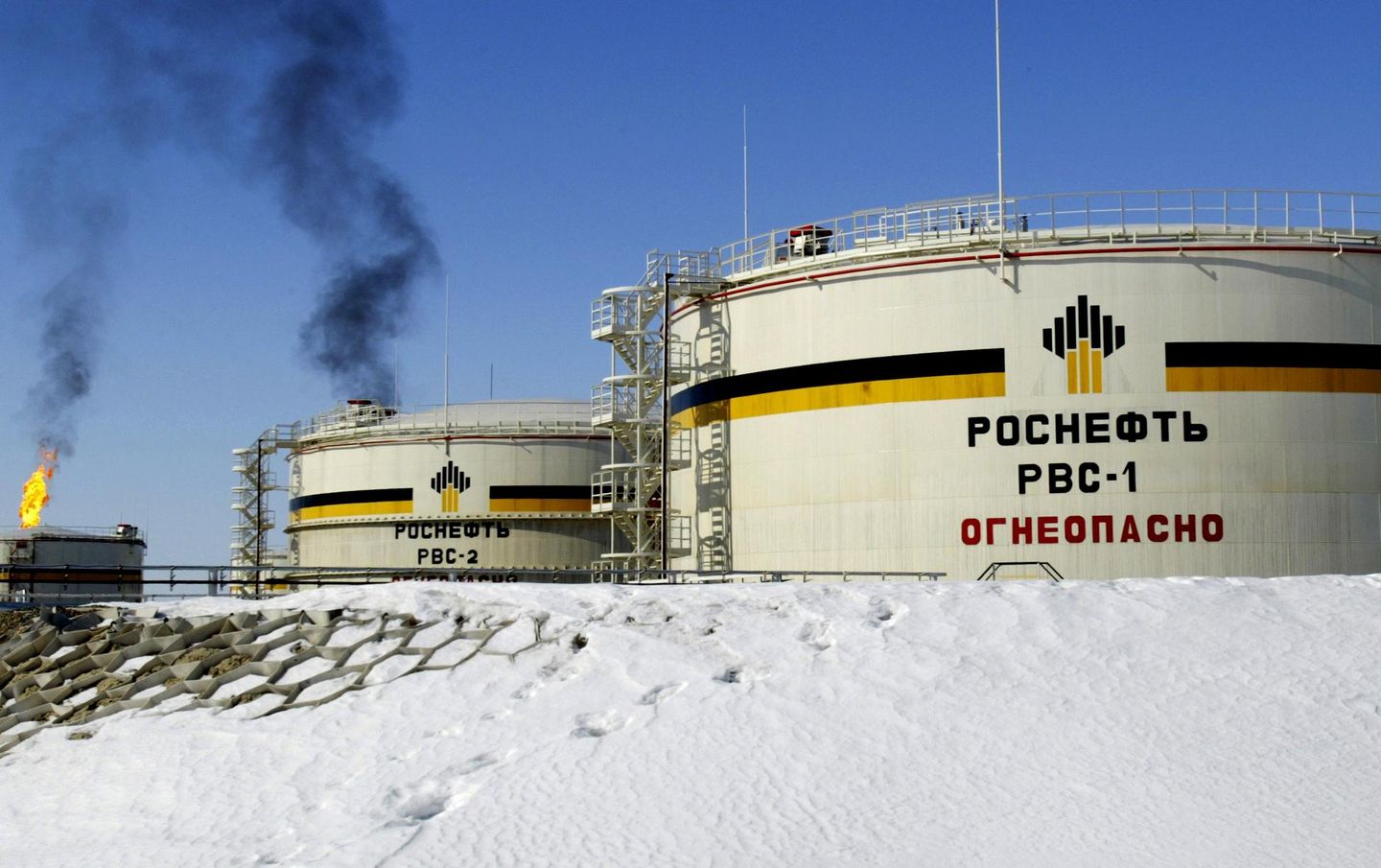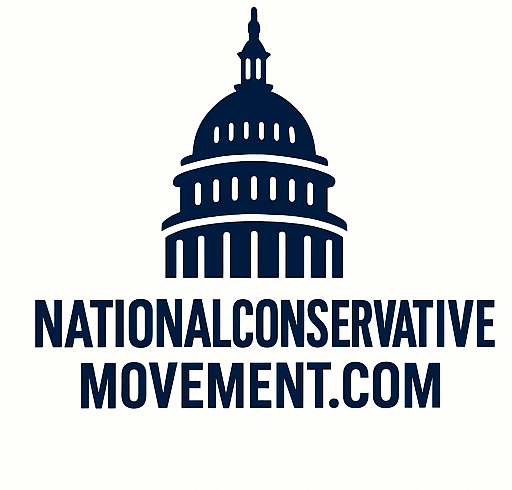
Don’t miss the full story from our staff writers, whose reportage is the basis of this article.
The Trump administration imposed sanctions on two of Russia’s largest oil companies Wednesday, targeting Open Joint Stock Company Rosneft Oil Company and Lukoil OAO, along with their subsidiaries. President Trump described the measures as “tremendous sanctions” against Russia’s major oil firms, expressing hope they would be short-lived and lead to a resolution of the war in Ukraine.
Speaking from the Oval Office during a meeting with NATO Secretary-General Mark Rutte, Trump said he felt “it was time” after waiting extensively. Treasury Secretary Scott Bessent characterized the sanctions as a “substantial pickup” of pressure on Russian President Vladimir Putin, urging an immediate ceasefire and warning of potential further action. Bessent also encouraged allies to join and adhere to the sanctions.
The sanctions announcement followed Trump’s cancellation of a planned meeting with Putin in Hungary. The president explained the meeting “didn’t feel right” and that he didn’t believe they would reach necessary agreements, though he left open the possibility of future discussions.
The new measures also came after Ukrainian President Volodymyr Zelenskyy reported that Russian drone strikes overnight Tuesday killed at least six people, including two children, with drones hitting a kindergarten in Kharkiv.
NATO Secretary-General Rutte expressed strong support for Trump’s approach, emphasizing the need to change Putin’s calculations and pressure him to accept Trump’s ceasefire vision. Rutte, a Dutch politician who met with senators on Capitol Hill before seeing Trump, declared the president is “the only one” capable of securing peace between Russia and Ukraine.
Rutte defended Trump’s recent meeting with Zelenskyy, calling it “good” and “successful” despite the Ukrainian leader leaving Washington empty-handed after requesting U.S.-made Tomahawk missiles. Rutte emphasized his visit wasn’t meant to signal that the Zelenskyy meeting was unsuccessful, noting his trip was already planned following discussions about delivering Trump’s peace vision.
Trump explained his decision not to provide Tomahawk missiles, citing the extensive training time required—six months to a year—for Ukrainian forces to operate the highly complex, long-range weapons. He stated the only way Tomahawks would be deployed is if the U.S. fired them directly, which wouldn’t happen.
After meeting Zelenskyy on Friday, Trump posted on social media that it was time to “stop the killing, and make a DEAL,” advocating for forces to stop where they currently stand. Rutte agreed with this approach, and both leaders emphasized Trump’s unique leadership role in breaking the diplomatic deadlock with Putin that began in February.
This article is written with the assistance of generative artificial intelligence based solely on Washington Times original reporting and wire services. For more information, please read our AI policy or contact Ann Wog, Managing Editor for Digital, at awog@washingtontimes.com
The Washington Times AI Ethics Newsroom Committee can be reached at aispotlight@washingtontimes.com.











